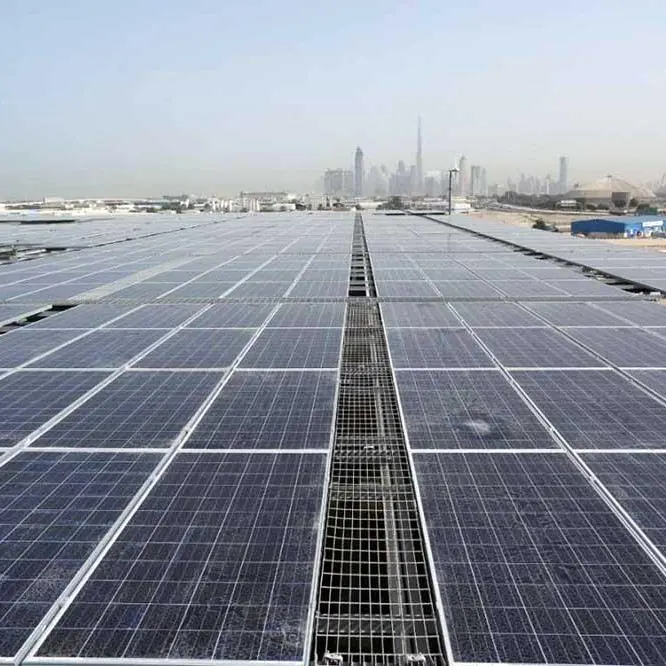PHOTO
(John Kemp is a Reuters market analyst. The views expressed are his own)
LONDON- Persistent hedge fund liquidation over the last four months has weighed heavily on the oil market, both spot prices and calendar spreads, ending the previous rally and putting the cyclical upswing into a prolonged pause.
Hedge funds resumed their liquidation of bullish long positions in petroleum last week, according to the most recent regulatory and exchange data.
Hedge funds and other money managers cut their net long position in the six most important petroleum futures and options contracts by another 30 million barrels in the week to Aug. 7.
Bullish long positions were reduced by 32 million barrels to 1.021 billion, while bearish short ones were also trimmed by 2 million barrels to 108 million.
Net long positions have been cut in 11 of the last 16 weeks, with a total reduction of 380 million barrels, or 27 percent, since April 24.
As in previous weeks, liquidation was concentrated in crude, with net positions in Brent cut by 18 million barrels and in ICE and NYMEX WTI by 9 million barrels.
Portfolio managers made only very minor changes to net length in U.S. gasoline (-1 million barrels), U.S. heating oil (-2 million barrels) and European gasoil (essentially unchanged).
Fund managers remain fundamentally bullish on the outlook for oil prices, with long positions outnumbering short ones by a ratio of more than 10:1.
But the hedge fund community has become more cautious since late April, when long positions outnumbered shorts by 14:1.
Few fund managers are willing to bet on a sustained fall in prices, with short positions across the petroleum complex reduced to their lowest level since at least 2013.
Instead, the fund community has gradually squared up some former bullish positions as the upward momentum that carried prices higher for almost 11 months between June 2017 and May 2018 has faded.
Rising production from Saudi Arabia, Kuwait, the United Arab Emirates and Russia has eased concerns about crude availability later in 2018, despite the prospective imposition of U.S. sanctions on Iran’s exports.
Meanwhile, many analysts and traders now anticipate at least a modest slowdown in oil consumption growth as higher oil prices begin to bite and global trade growth decelerates.
(Editing by Adrian Croft) ((john.kemp@thomsonreuters.com; +44 207 542 9726 and on twitter @JKempEnergy))












